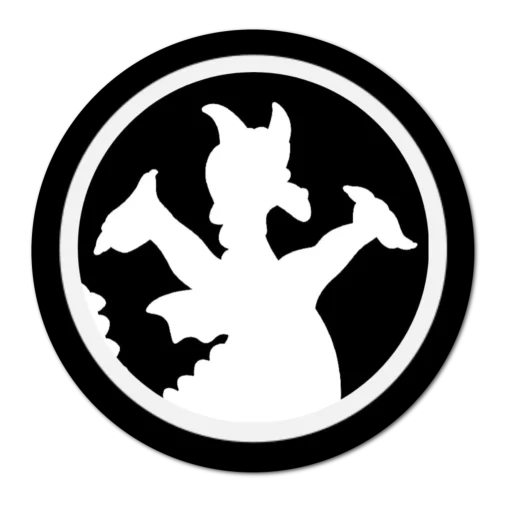(A version of this article was shared with Laughing Place and published on March 22, 2024.)
Disney-Pixar’s Luca is one of the unfortunate casualties of the COVID pandemic. The film – which finished production during the pandemic – was released while the world was still in the throes of COVID-caused lockdown conditions. The film was released directly to Disney+ in the U.S. on June 18, 2021, foregoing a traditional run in theaters.
Finally, the Academy Award and Golden Globe Award Nominee for Best Animated Feature Film is getting the big screen treatment. To celebrate the long-awaited and much deserved March 22, 2024 debut of Luca in U.S. theaters – along with the recent releases of Pixar’s Soul and Turning Red – let’s channel the spirit of growth and adventure while we enjoy a few fun facts about Disney-Pixar’s Luca.
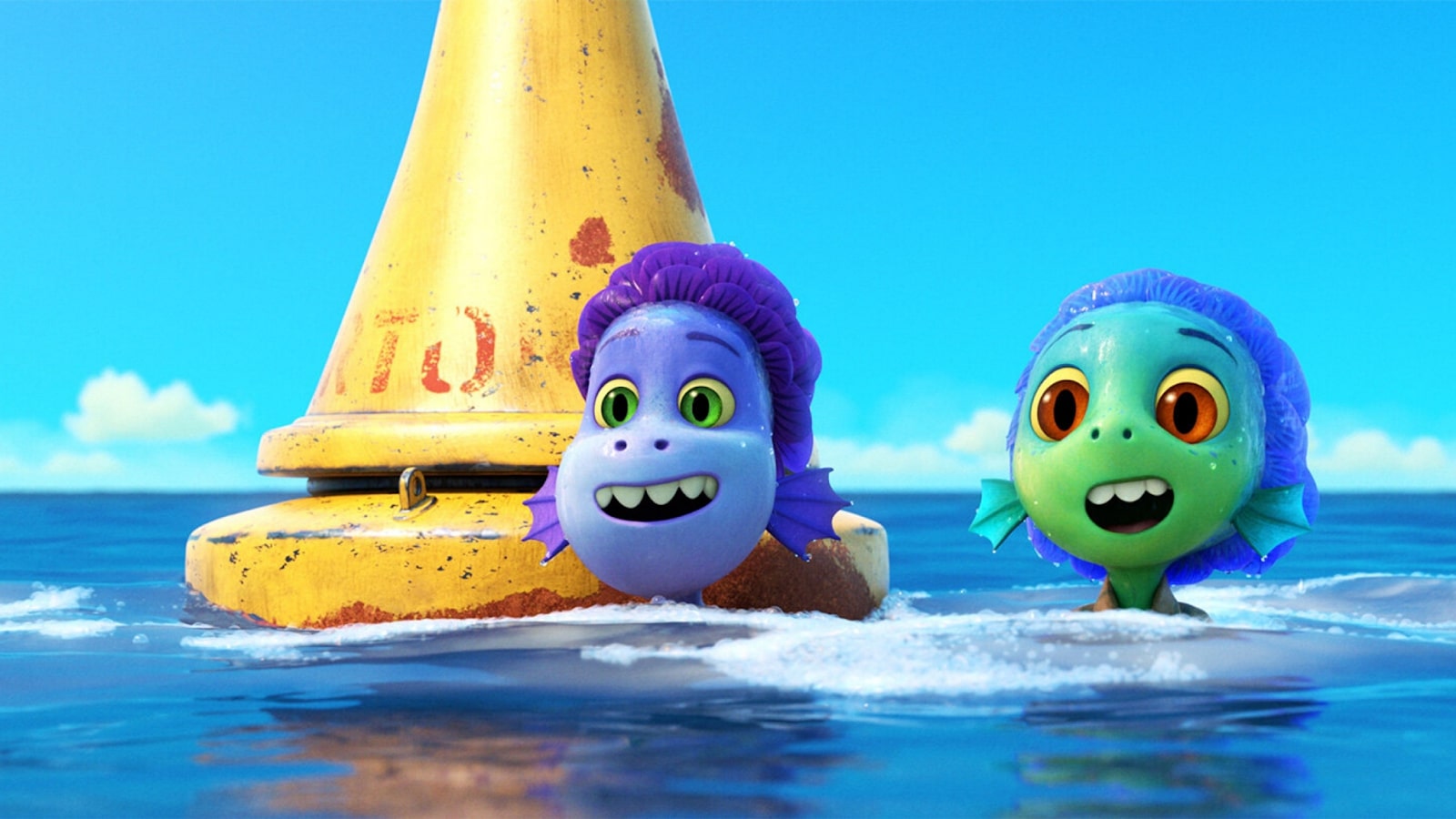
Director Enrico Casarosa
The success of any film starts with the writing and lives largely by the talent and imagination of the director. In the case of Luca, Pixar’s Enrico Casarosa was one of the film’s writers, and was also the director for his first full feature film. Casarosa – who was born and raised in Genoa, Italy – heavily incorporated aspects of his heritage and childhood into the film. The country’s northwest coastal area of Cinque Terre, where Casarosa spent summers as a kid, serves as inspiration for the film’s setting.
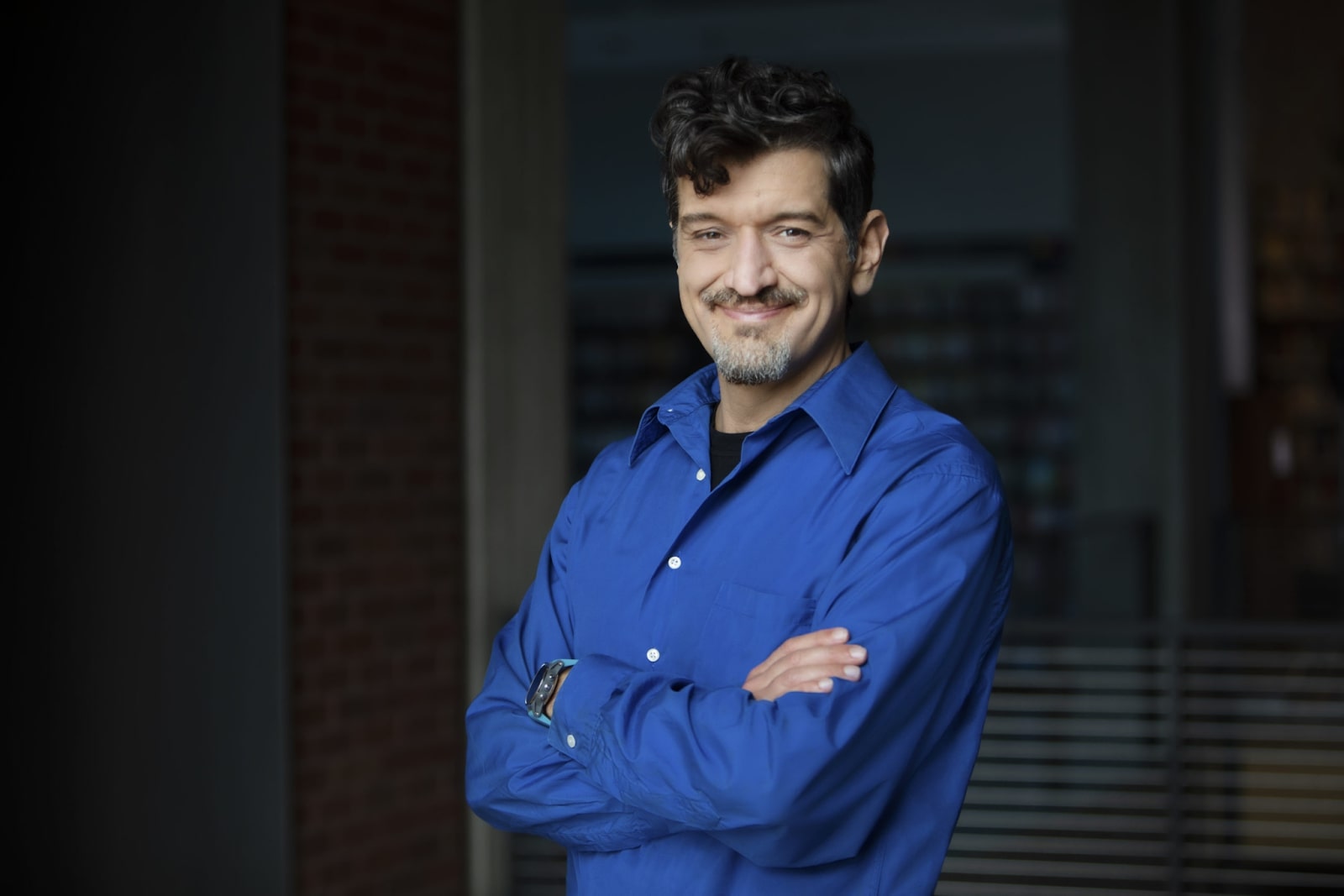
Aside from the physical setting, Casarosa also drew inspiration from his own childhood experiences when writing the film. Luca’s story centers around a shy, reserved kid growing up with a mundane, prescribed life. When he befriends Alberto – an adventurous type who pushes him outside his comfort zone – Luca sees a whole new world of opportunity. The friendship between Luca and Alberto closely mirrors Casarosa’s own childhood experience with his friend named…you guessed it…Alberto.
Casaroso didn’t use his own name for the film’s title character. But the film did manage to slip a nod to him in the form of one of the family’s goatfish herd, named ‘Enrico’, whom Luca describes to fellow goatfish Giuseppe as “either dead or out there, seeing the world.” (pause) “Probably dead.”
Now That’s Italian!
Being set in Italy’s northwest coast, it’s not surprising that the film includes a healthy dose of Italian flavor. Let’s look at some of the fun Italian references in the film.
Luca’s last name – Paguro – is Italian for “hermit crab.” This name makes perfect sense, as it reflects Luca’s sheltered life under the protection of his parents in the beginning of the film. Even more beautifully, the name association foreshadows how Luca will eventually “come out of his shell” and emerge to find his true self outside the confines of his protected childhood.
Luca is able to come out of his shell with the help of his newfound friend Alberto, who instills the motivating motto “Silenzio Bruno!” as a way to fight off self-limiting beliefs and doubts.

Sadly, Alberto’s last name – Scorfano – doesn’t carry the same positive inspiration. Translating to “scorpionfish,” Scorfano is sometimes used as a noun, translating to “ugly person.” The name suggests an outsider who is viewed as threatening or offensive, as is the case for Alberto, Luca, or any other sea monster in the film, who are viewed by humans as abominations. Additionally, the general connotation of scorpions being spiny and dangerous gives an indication of Alberto’s edgy and sometimes abrasive personality. But we still love him!
Portorosso serves as the fictional human port village in the film. Translated into Italian, “porto rossa” means “red port”. When looking upon the film’s village from the sea, the red roofs of the residential villas prove to be a colorfully appropriate decor.
Luca and Alberto befriend a human girl named Giulia Marcovaldo, who spends summers in Portorosso with her father Massimo. In the Marcovaldo’s kitchen, the brand of the family’s stove is “Caldino”, translated into Italian as “hot”, while the refrigerator is branded “Freddino”, which means “cool” in Italian.
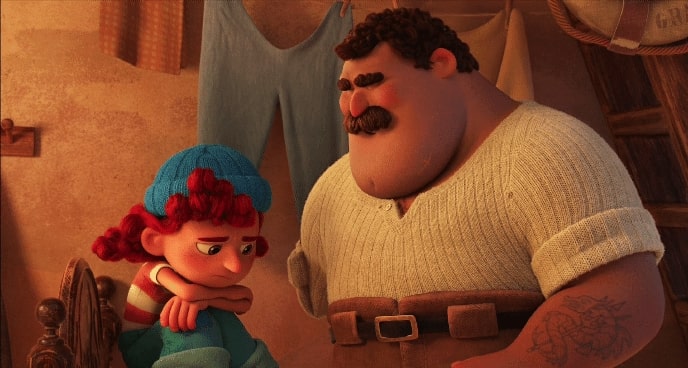
Ercole Visconti is Portarossa’s resident bully and the main threat to Luca and Alberto. While Ercole may prove to be full of hot air, you wouldn’t know it by reading his name. “Ercole” translates to “Hercules”, suggesting more strength than he actually has. His last name “Visconti” evokes the memory of the Visconti family, which exerted a heavy dynasty of influence in northern Italy throughout the 14th and 15th centuries. To lighten up this heavy character a bit, Ercole’s boat “Focaccia” is tastefully named after the ever popular thin crusty bread typical of the Genoa region of Italy.
From La Luna to Luca
Guilia’s father Massimo Marcovaldo has a relatively small role in the film, yet it is still quite memorable, in the way Patrick Warburton’s subtle genius made his smaller roles in television’s Seinfeld and Disney’s Soarin’ attraction iconic. The burly, mustachioed, no-nonsense-looking seaman gives Luca pause, while he tiptoes around the unsuspecting world above water.
If you think you’ve seen Massimo before, that’s because you have…sort of. Massimo strongly resembles the character “Papa” from the 2011 Pixar short film La Luna, which was also directed by Enrico Casarosa. The short – released a decade before Luca – earned Casarosa an Academy Award nomination for Best Animated Short Film. And take a close look at Massimo’s cat Machiavelli. The feline’s facial complexion makes him look a whole lot like his mustachioed owner, much like Papa’s broom resembles its owner in La Luna.
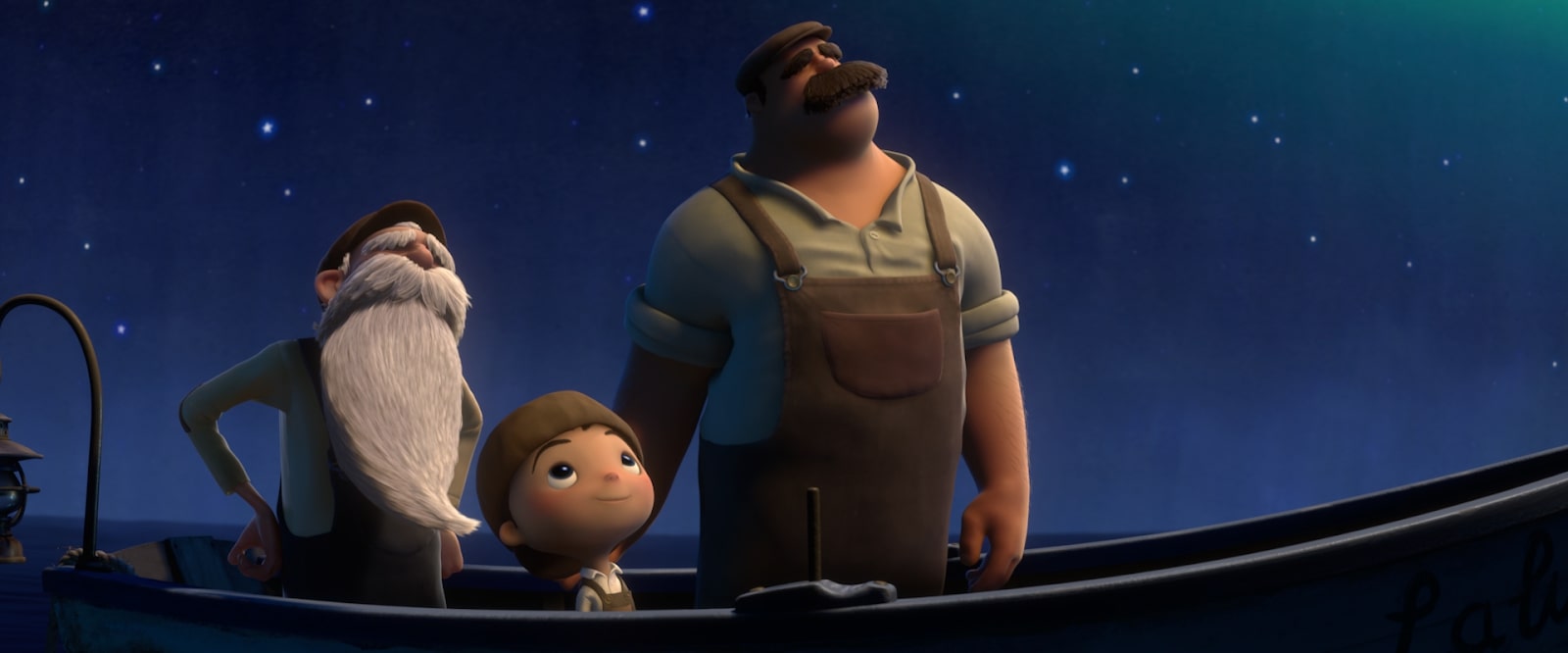
A part of Luca’s anxiety in the presence of Massimo may be the seafarer’s keen interest in hunting sea monsters. The pictures pinned to the walls in the Marcovaldo home are nods to the various legends pulled from Italian myths and regional folklore, including the Tellaro octopus and local “little legends about sea dragons.”
Part of Luca’s World
Does the “fish out of water” story of Luca sound familiar? It should. The story of a young sea dweller with aspirations to explore the unknown world above the water evokes Hans Christian Andersen’s timeless tale of The Little Mermaid, which Disney adapted to film animation in 1989. Much like Ariel in the Disney film, Luca wants to explore land-based life above the surface, and both are strongly forbidden from doing so by their protective parents.
Like Ariel, Alberto has a strong affinity for collecting objects from the human world. In both films, the proper way to use a fork eludes our friends!
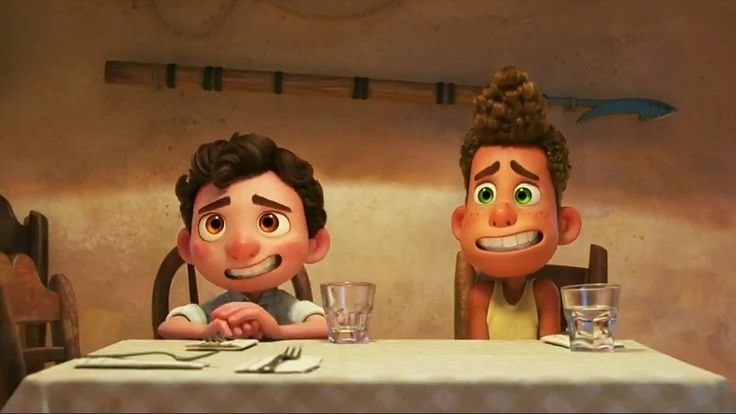
All eating utensils aside – The Little Mermaid’s folksy seagull Skuttle has a tendency to misname objects (dinglehoppers and snarfblats) and misunderstand the meaning of human ways. Alberto, who claims to be an expert on “land monsters”, does the same when he listens to Italian opera out of the “magic singing lady machine.”
One last connection between Luca and The Little Mermaid lies in the cast. Jacob Tremblay – the voice of Luca – is also the voice of Flounder in the live-action remake of The Little Mermaid.
Easter Eggs
When it comes to the classic pastime of hiding Easter Eggs in Pixar films, Luca excels at the task. But there aren’t only Pixar Easter Eggs in Luca – there are plenty of straight-up Disney references as well. Let’s look for some here.
Pixar Favorite Easter Eggs
Pixar’s top three favorite Easter Eggs – the Pixar ball, the Pizza Planet Truck, and A113 – are all tucked nicely into the film.
As Luca and Alberto race through Portrosso during the triathlon (which humorously consists of swimming, eating pasta, and biking), the Pixar ball can be spotted on a neighborhood rooftop.
Also spotted during the triathlon race is a three-wheeled version of the famous Toy Story Pizza Planet truck. Don’t blink or you’ll miss it! The niche vehicle – known in Italy as a Piaggio Ape – is seen behind Ercole while he angrily rides his bike in the rain. It is smaller and old-fashioned, compared to the modern version we know so well, but it is decked out with the unmistakable Pizza Planet rocket and logo.

The famous Pixar A113 Easter Egg – a reference to an animation classroom at the California Institute of the Arts where many of Pixar’s original animators learned their craft – appears on a train ticket Alberto gives to Luca at the end of the film.
While not a usual Pixar Easter Egg, the number 94608 – representing the zip code of Emeryville, California, where Pixar is based – appears on the train Luca boards at the end of the film.
Another sea-based Pixar film – 2016’s Finding Dory – makes an appearance on land. Hank, the bright fiery orange octopus, is displayed as a concrete statue in the town of Portorosso.
Classic Disney Easter Eggs
In addition to the anticipated Pixar-based Easter Eggs, several classic Disney films and characters are proudly represented in Luca.
Pinocchio – Disney’s second animated feature film, based on the classic story created by Carlo Collodi – is woven into the fabric of Italian culture. So it is entirely fitting that the little wooden boy pops up a few times in the film. Giulia has a copy of Collodi’s The Adventures of Pinocchio in her house, and she also owns a Pinocchio toy, which can be seen in her bedroom. During an imaginary sequence, Luca sees versions of Pinocchio, Honest John, and Gideon.
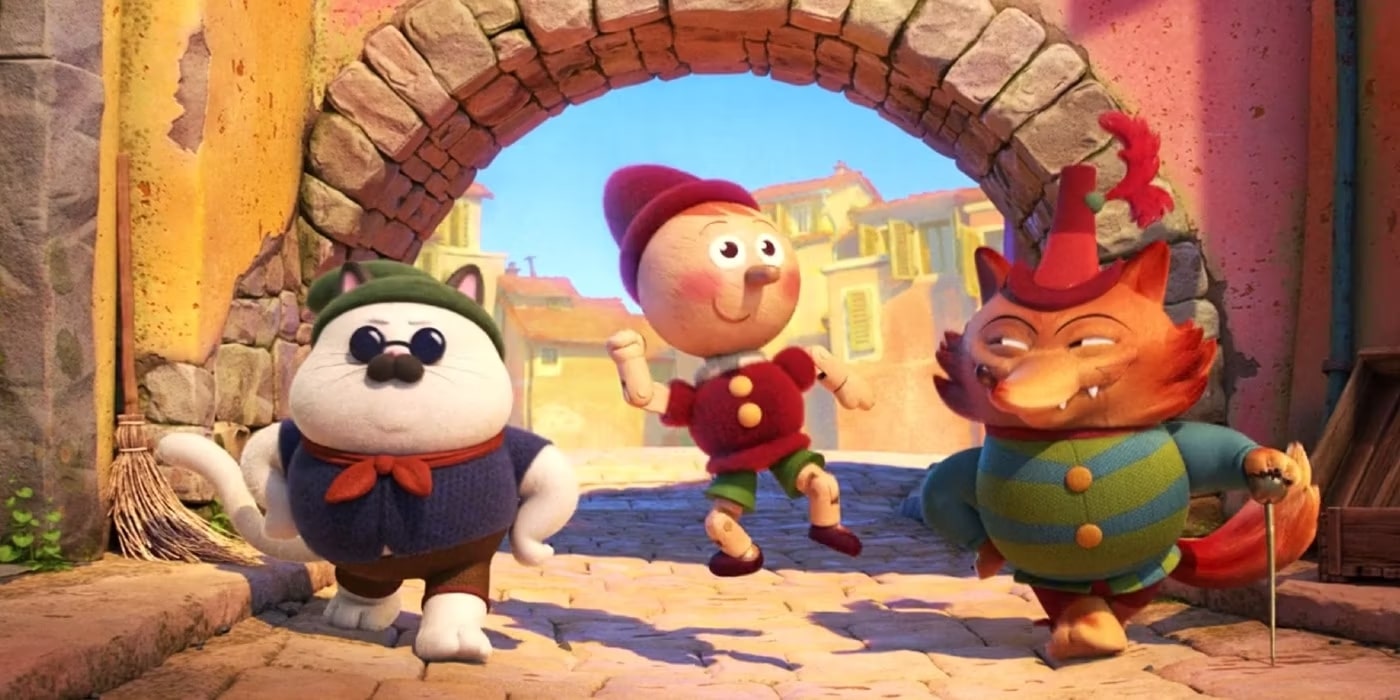
When it comes to classic Disney characters, we don’t get much more classic than Donald Duck. With Donald historically being very popular in Italy, we aren’t surprised to see a Donald plush toy in Giulia’s room. (Wow – there are so many Easter Eggs in Giulia’s house!)
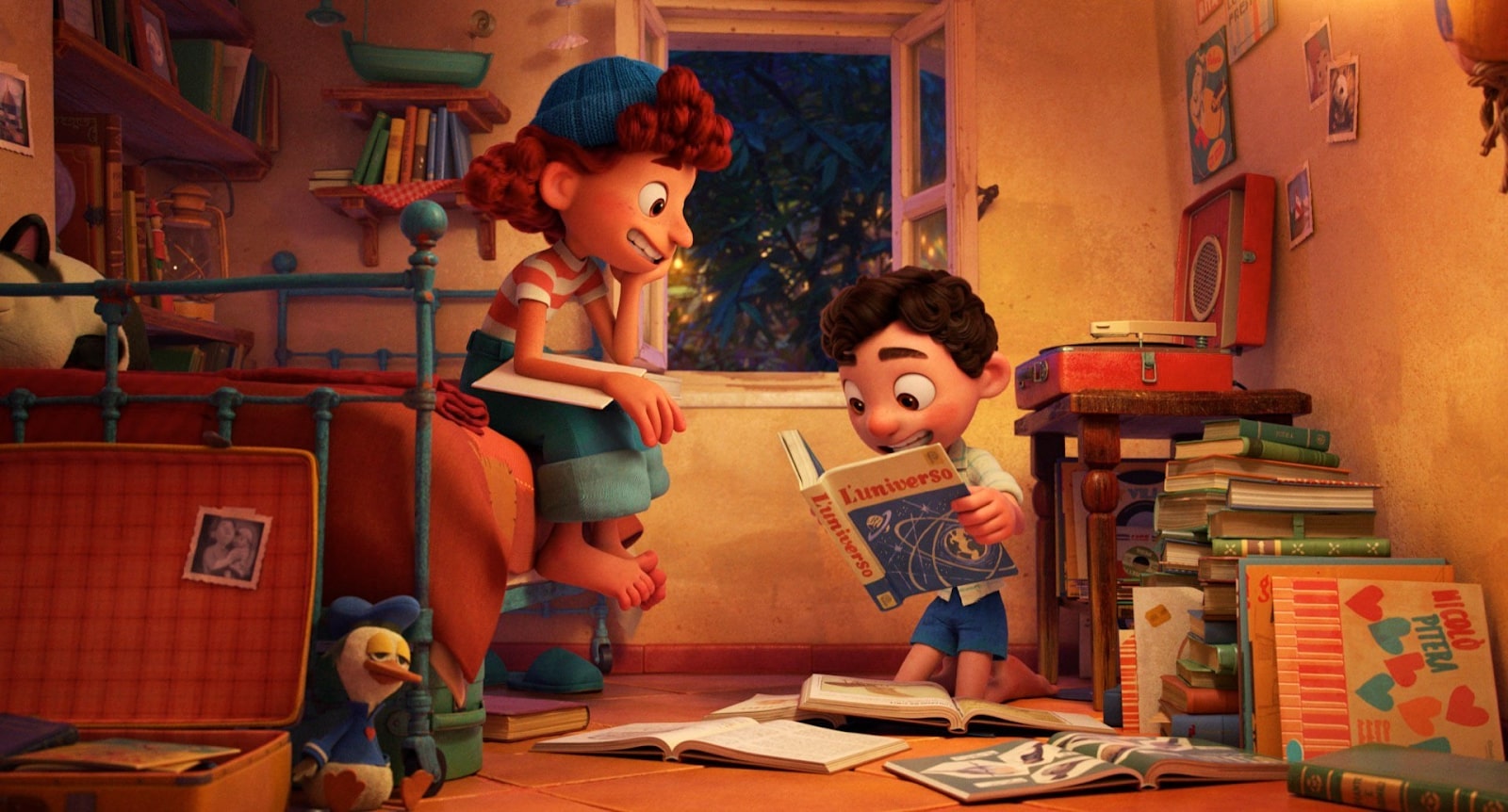
A Disney live-action classic also found its way into Luca. 20,000 Leagues Under the Sea – the science fiction adventure novel by Jules Verne – was brought to film by Disney in 1954. The nautical theme of the film makes it a good match for Luca. A film poster for 20,000 Leagues, seen in a Portarossa plaza, dates Luca to the mid-1950s. Underwater – the diving suits that both Luca and Alberto use in the film are very similar in appearance to those featured in the Disney film.
Pronto, Bruno!
At long last, Disney-Pixar’s Luca is finally receiving the theater experience it deserves with its March 22, 2024 release. Will you be riding a Vespa over to your local movie theater to experience Luca as it was meant to be seen? If you want to catch a glimpse of some of the many Disney and Pixar nods tucked into the film, you’ll do well to see it on a much bigger screen!
Follow Facts and Figment and join the conversation on social: Instagram Facebook X
Sources:
